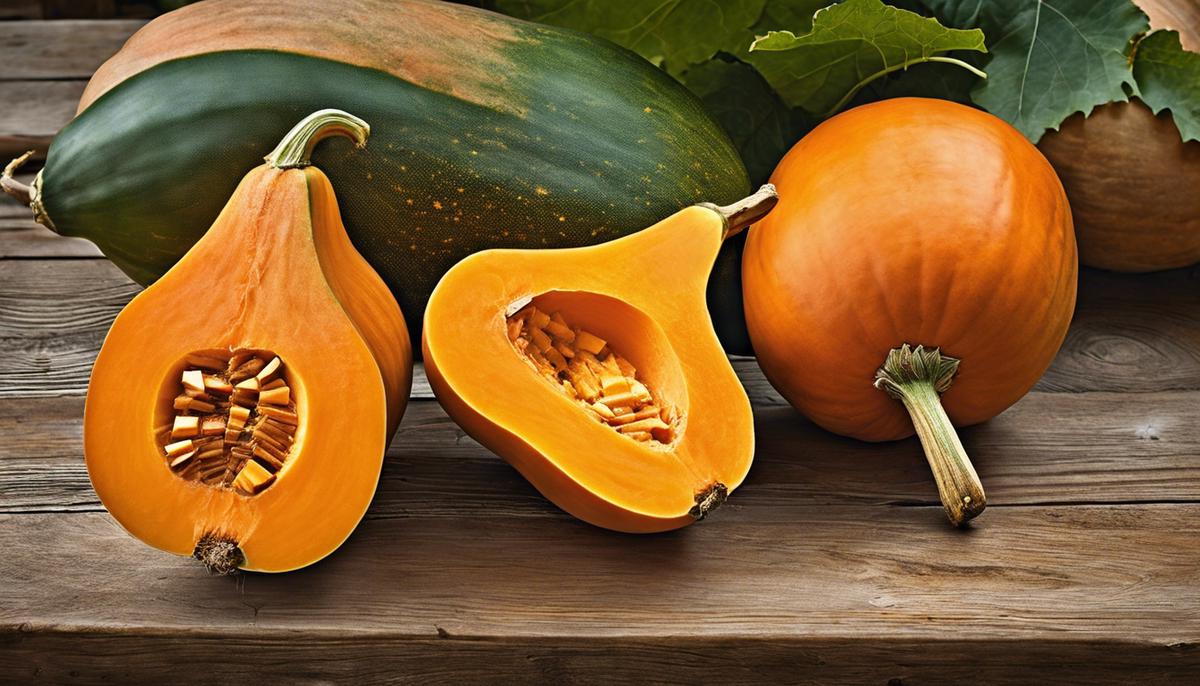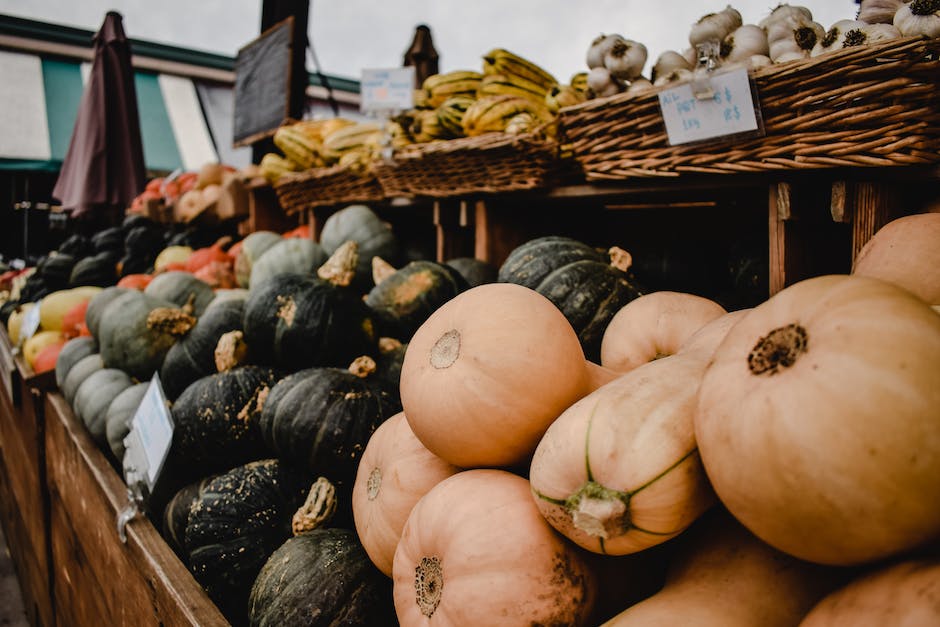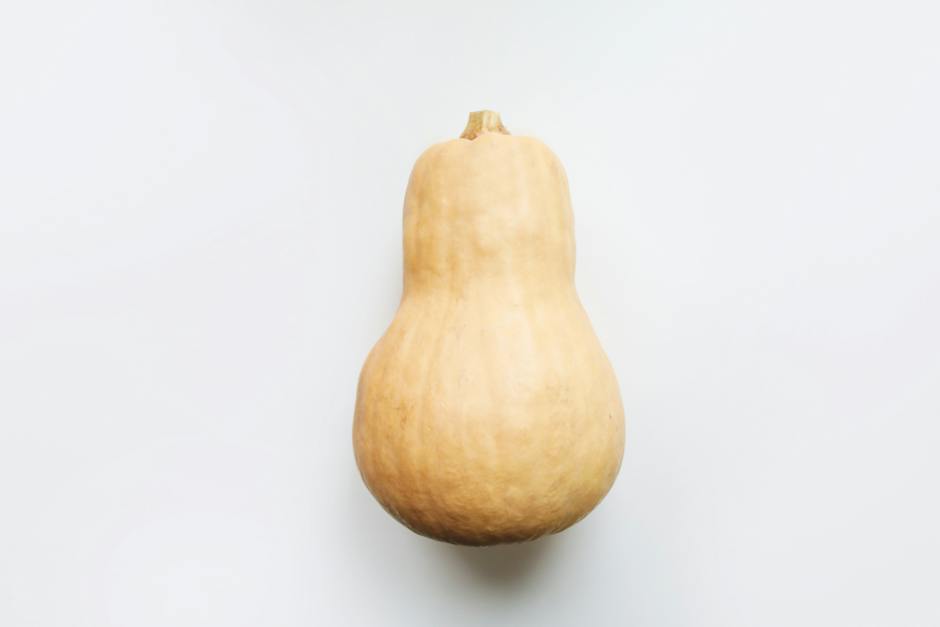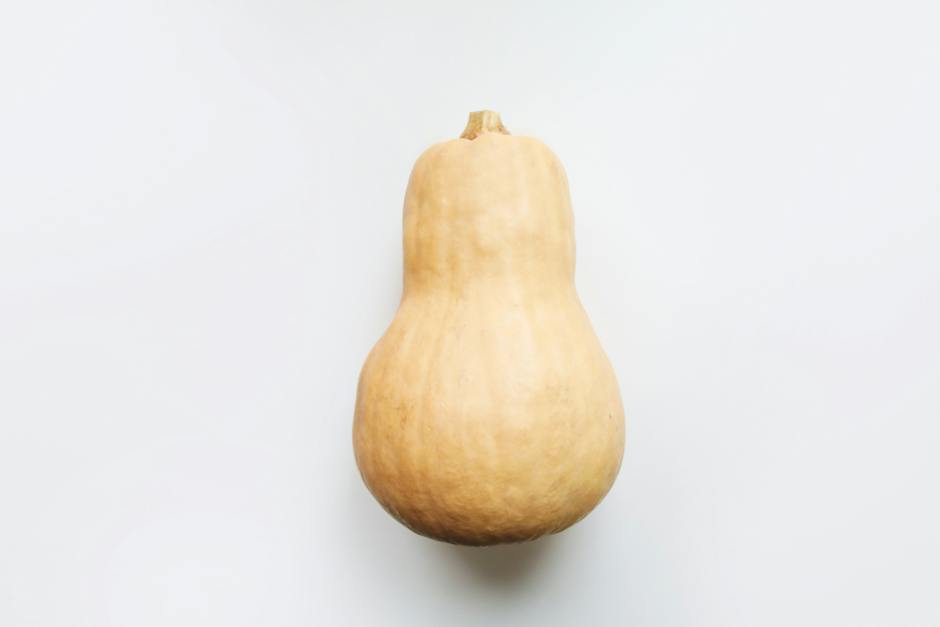Perfect Timing to Harvest Butternut Squash

Imagine the satisfaction of producing your own golden rich butternut squash right from your backyard. This rewarding horticultural experience requires knowledge and understanding of clues signaling that your butternut squash is ready to be harvested. Observing features, such as the transformation in color and the hardness of the rind, can be vital indicators of maturity. Furthermore, keeping a keen eye on weather changes, specifically the frost’s timing and its impact, can assist you in proficiently timing the harvesting of your crop without imposing any damage. Lastly, the care you take while cutting the squash from the vine, followed by its appropriate storage, plays a crucial role in maintaining its quality and extending its shelf life.
Recognizing maturity signs of butternut squash
Serving Up Savory Success: Identifying Mature Butternut Squash Ready for Harvest
In the realm of root vegetables, the butternut squash shines as a true superstar of the seasonal harvest. This culinary darling presents a vibrant interplay of sweet and nutty flavor notes that can transport a simple dish to sublime proportions. For the discerning home gardener or kitchen hobbyist, knowing when to harvest this versatile vegetable can be a game-changer in savory success.
Particularly elusive, the tell-tale signs of a mature butternut squash ready for harvest can sometimes fly under the radar. But fear not, fellow food aficionados! By considering four key traits, you’ll be well on your way to reaping the delectable rewards of prime-time butternut squash.
- Color Transition: A sweetly developed squash wears its maturity up its ribbed sleeve or rather, its exterior. The rinds, initially green and tender, transition into a gleaming, buttery hue as the fruit matures. Like a master artist’s well-thought-out color scheme, an even, uniform tan is your go-to signal that the squash is approaching its peak.
- Tough Skin: Another sign of readiness is the hardness of the skin. A mature butternut squash will display a tough exterior that resists the pressure of a thumbnail. Don’t be afraid to conduct this quick test. If the squash can withstand this gentle assault, then congratulations, you’re within the realm of harvestable maturity!
- Stem Adjustment: Focus the lens of your cultivation curiosity on the squash’s stem too. As the squash matures, yonder stem transitions from green to brown and becomes hard and woody. This switch is nature’s gentle nod towards your squash’s vibrant ripeness.
- Vine Condition: The health and state of the vine can often serve as a barometer for squash readiness. When the connecting vine begins to shrivel, dry, and turn brown, this can be regarded as a symphony prelude to the sweet crescendo of harvesting.
There you have it, budding chefs, and garden enthusiasts! By focusing your senses on these four key signs, you will become fluent in the language of the squash. As you master this dialogue with nature, you’ll find your dishes adopting a depth of flavor that leaves family, friends, and foodies singing praises to the noble butternut squash. Bon Appétit!

Frost and weather considerations
Weather Wonders: Picking Your Perfect Butternut Squash
Weather is far more than just a topic for small talk; it’s the make or break for a successful gastronomic garden adventure. Especially when growing butternut squash, understanding the impact of weather is absolutely crucial to enjoying a harvest of successfully matured, delectable squash. Though you may have learned various visual indicators like color transition and skin toughness, the signals that Mother Nature sends through the weather patterns are equally important.
Firstly, it’s pivotal to consider temperature. Butternut squash prefers mild weather, ideally between 60°F and 90°F (15°C and 32°C), for optimal growth. When temperatures start to dip below this range, particularly approaching frost conditions, it’s time to make your move. Frost damage is an unfortunate reality and can severely impair the quality and shelf life of the squash.
This is where a little weather-watching becomes valuable. If you learn that the first frost is due in the coming days, be sure to harvest your butternut squash before it hits. Your squash can handle a bit of ‘nip in the air’, but freezing temperatures are a no-go zone.
Next is moisture. Moisture, when it comes to butternut squash, is a bit like Goldilocks – it should be just right. Too dry, and the squash will shrivel and dehydrate. Too wet, particularly close to harvesting time, can cause the squash to rot or develop mold. This turns into a balancing act when approaching harvest time. If heavy rain is predicted, it’s probably a good idea to harvest your squash early to prevent water-logged woes.
Last of all, don’t forget to consider daylight. Butternut squash, like many plants, is affected by ‘photoperiod’, or the length of day and night. As seasons transition, decreased daylight can signal to the squash that growing time is over. This is more difficult to measure practically in your garden, but adequate sunlight and warmth up until the harvest is a beneficial barometer.
So fellow flavor explorers, you should be now well-equipped to brave the elements in your quest for the perfect butternut squash. Match these weather-related tips with your solid knowledge on color, skin texture, and vine health, and you’ll be a butternut squash champion in no time. Happy harvesting, and may your squash always be sweet and tender!

Preparation for cutting and storage
Alright, onward to part two of our squash journey. We covered tips on how to tell when your butternut squash has matured and is ready for the harvest. The importance of monitoring weather conditions, temperature, frost, moisture levels and the amount of daylight your squash receives were also discussed in great detail. Now, let’s delve into the do’s of picking and storing your butternut squash to ensure you get the most out of this versatile vegetable.
Once you’ve identified that your squash is ripe (remember the color and skin texture cues?), the next step is to detach it from its vine. Rather than tugging it, use a sharp knife or pruners to cut it off, leaving about an inch of stem attached. This tiny bit of stem will go long in preventing bacteria and decay from infiltrating your squash.
Moving on to storage, the environment plays a crucial role. Butternut squash prefers a cool, dry, well-ventilated area. Ideal storage temperatures range between 50-60F (10-15.5C), and the relative humidity should be around 50-70%.
When storing butternut squash, it’s best to keep them off the floor and not have the squashes touch each other. A single layer on a flat surface would be great. Check your stored squash regularly, especially for signs of mold or soft spots.
Avoid storing squash near apples and pears. As strange as it may sound, these fruits release ethylene gas, which can cause your storied squash to turn yellow and spoil faster.
Before storing your squash, you might want to consider a little cleaning. A gentle brushing to remove soil without damaging the skin can help prevent rot from setting in. Additionally, curing the squash in sunlight for a week or two can make the skin tougher, improving its shelf life.
And there you have it. With the right picking and storage techniques, your carefully harvested butternut squash can last months, providing an endless array of comfort food dishes to help warm those cooler autumn and winter days. Butternut squash soup, anyone?

After a successful harvest, the thought and awareness put into each step become worthwhile when the butternut squash arrives at your table. From patiently watching for that color change, the hardening of the rind, to being wary of weather conditions and the touch of frost. Then, mastering the technique of cutting it from the vine and ensuring correct storage procedures, all contribute to a bountiful and rewarding experience. So, whether you’re growing a single butternut squash plant for your family meals or running a full-fledged garden, this comprehensive understanding aids in producing the best quality butternut squash, ready to be transformed into dishes that can warm the hearth and heart.



